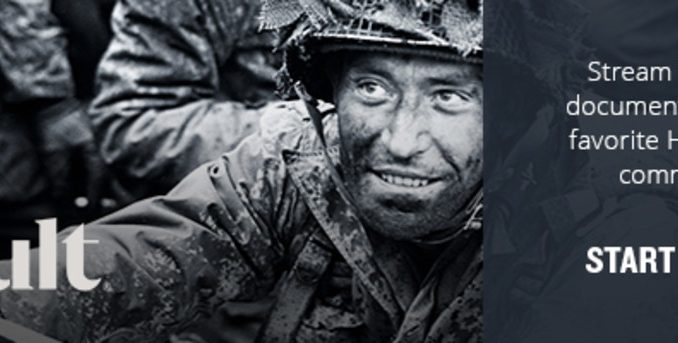
On June 22, 1941, over 3 million German troops invade Russia in three parallel offensives, in what is the most powerful invasion force in history. Nineteen panzer divisions, 3,000 tanks, 2,500 aircraft, and 7,000 artillery pieces pour across a thousand-mile front as Hitler goes to war on a second front.
Despite the fact that Germany and Russia had signed a “pact” in 1939, each guaranteeing the other a specific region of influence without interference from the other, suspicion remained high. When the Soviet Union invaded Rumania in 1940, Hitler saw a threat to his Balkan oil supply. He immediately responded by moving two armored and 10 infantry divisions into Poland, posing a counterthreat to Russia. But what began as a defensive move turned into a plan for a German first-strike. Despite warnings from his advisers that Germany could not fight the war on two fronts (as Germany’s experience in World War I proved), Hitler became convinced that England was holding out against German assaults, refusing to surrender, because it had struck a secret deal with Russia. Fearing he would be “strangled” from the East and the West, he created, in December 1940, “Directive No. 21: Case Barbarossa”—the plan to invade and occupy the very nation he had actually asked to join the Axis only a month before.










Be the first to comment